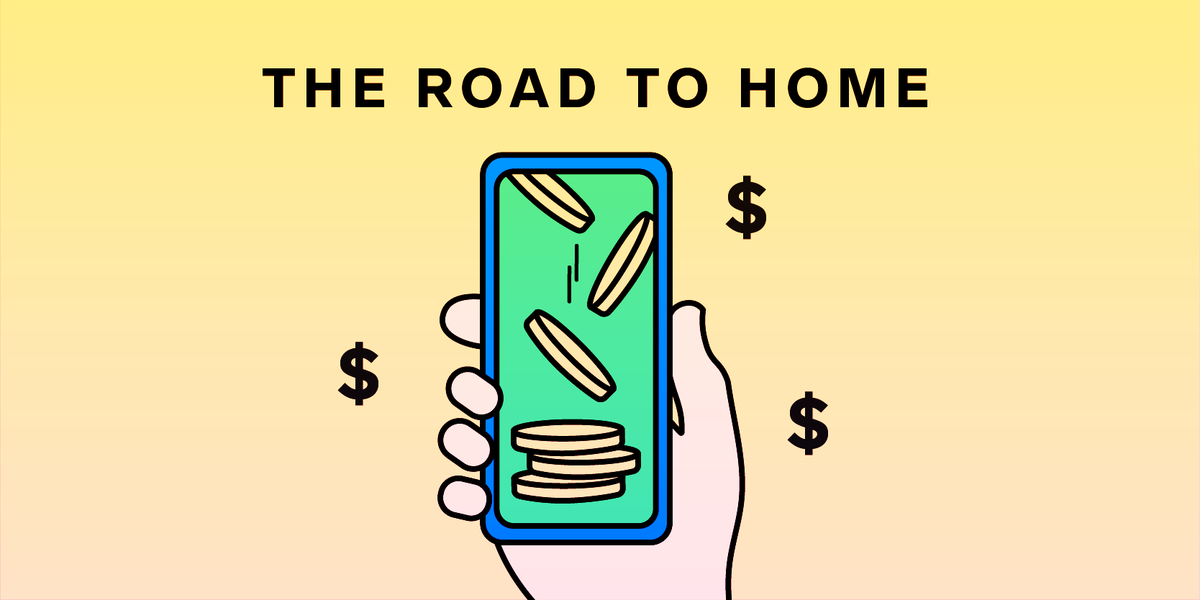
- Before saving for a down payment, calculate how much you’ll need and set a deadline.
- Automatic deposits can make it easier to save, and you may find ways to cut expenses to save more.
- You have the option to take money out of your retirement savings, but doing so has risks.
- This article is part of “The Road to Home” series focused on helping first-time homebuyers navigate the daunting and exhilarating process of purchasing a home.
A down payment on a home is probably one of the largest purchases you’ll ever make, so you should create a plan for setting aside enough money to buy the home. Here are some strategies to save for a down payment.
Set a goal
First, figure out how much you need to put down for a lender to approve you for a mortgage. Here’s the percentage of the purchase price you’ll need, organized by type of home loan:
You’ll also need to factor in closing costs, which typically come to several thousand dollars.
Find out how much you need to save for a down payment and closing costs, and then decide when you want to buy. This will help you figure out how much to save every week or month to reach your goal.
Schedule automatic savings
If you receive your paycheck as a direct deposit, you may want to arrange for your company to send a percentage of each check directly into a savings account for the down payment. Or you can use online banking to schedule regular transfers from checking into savings.
The automatic-savings strategy makes it so you don’t have to constantly remember to save money.
You may also want to save for the down payment in a high-yield savings account, which can help you accumulate interest to put toward the purchase, too.
Consider reducing your expenses
You may find you’re saving too little of your paycheck to meet your down payment goal by your deadline. In this case, think about expenses you can cut back on — or eliminate.
If you’re paying your bank overdraft or monthly fees, ask about waiving them. Think about any subscription services you could pause, and cancel your gym membership if you don’t use it. Then put that money into savings.
Find ways to earn more
Now could be a good time to approach your boss if you know you’re in line for a raise. If you’re willing to dedicate the time, you could get a second job to bring in more income for a few months.
You could pick up a side gig in your free time, such as babysitting or driving for a ride-hailing service. You might even rent out a room in your home with Airbnb. These can be good ways to bring in more money now, but just be prepared for the implications come tax season.
Look at your retirement accounts
There are rules about when you can withdraw money from your retirement accounts, but there are also exceptions — especially for homebuyers.
If you’re a first-time homebuyer (which the IRS defines as someone who hasn’t owned a home in the past three years), you can withdraw up to $10,000 for a down payment from your traditional IRA. You won’t pay a penalty, but you will pay income tax. For a Roth IRA, you can withdraw all the money you’ve contributed (but not the earnings) if your account is at least five years old. You may also withdraw up to $10,000 of earnings without paying a penalty.
You could also withdraw funds from your employer retirement account, like a 401(k), but it’s a little harder and riskier.
If you’re considering taking money out of any retirement account for your down payment, consider whether it’s worth losing the money you’d earn in compound interest by leaving the funds in the account over the years. You’ll probably want to speak with a financial expert before taking money out of your accounts.




